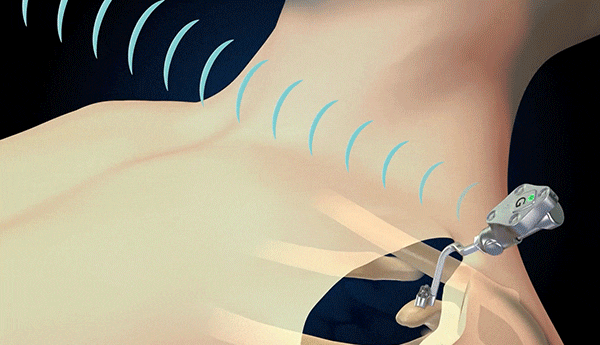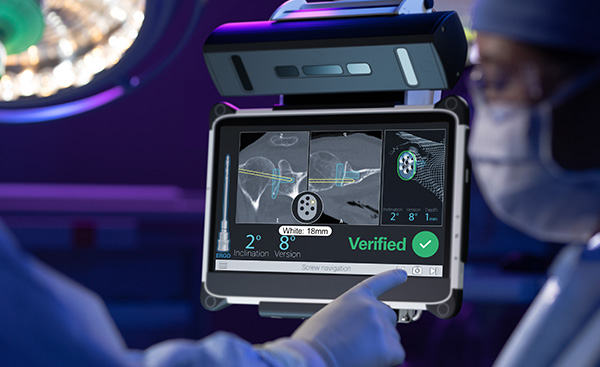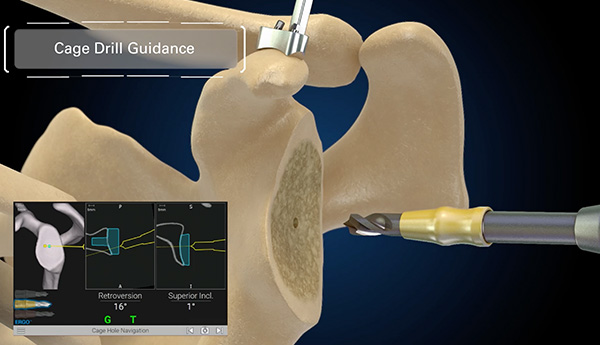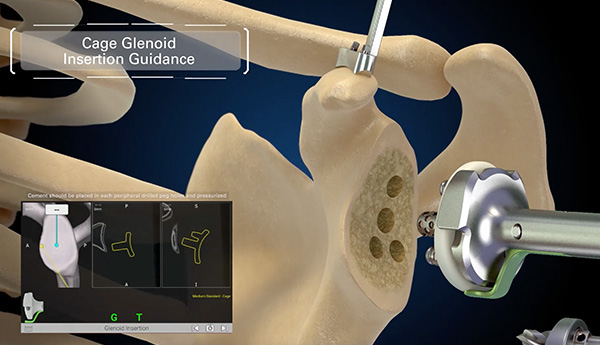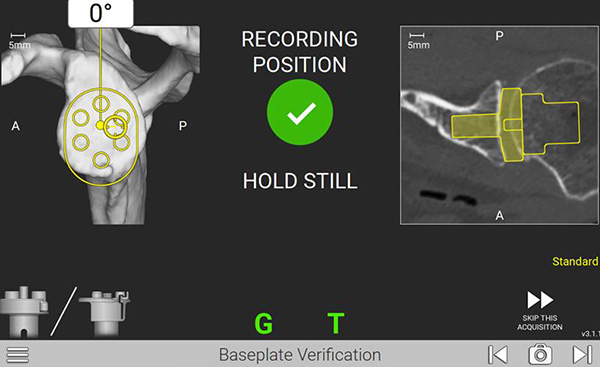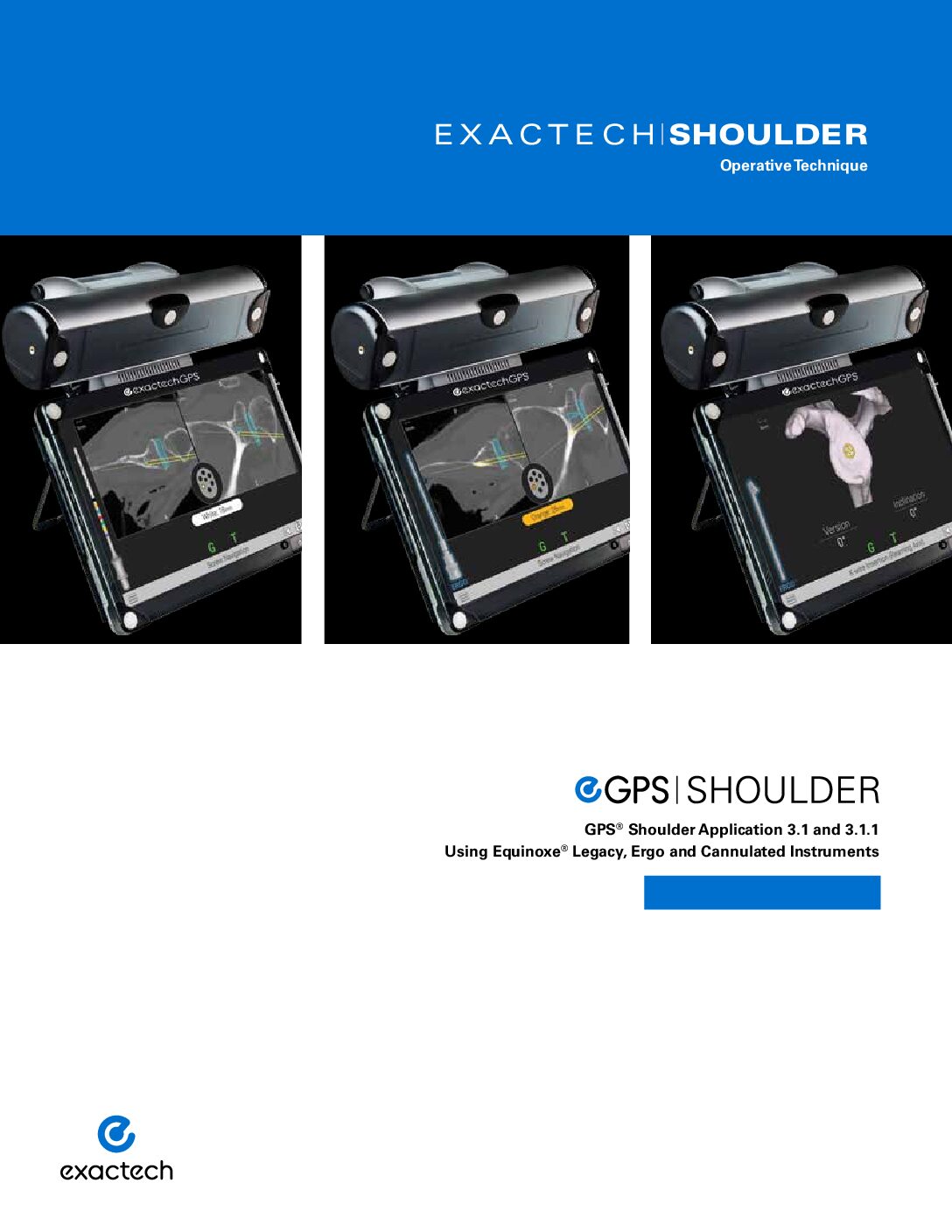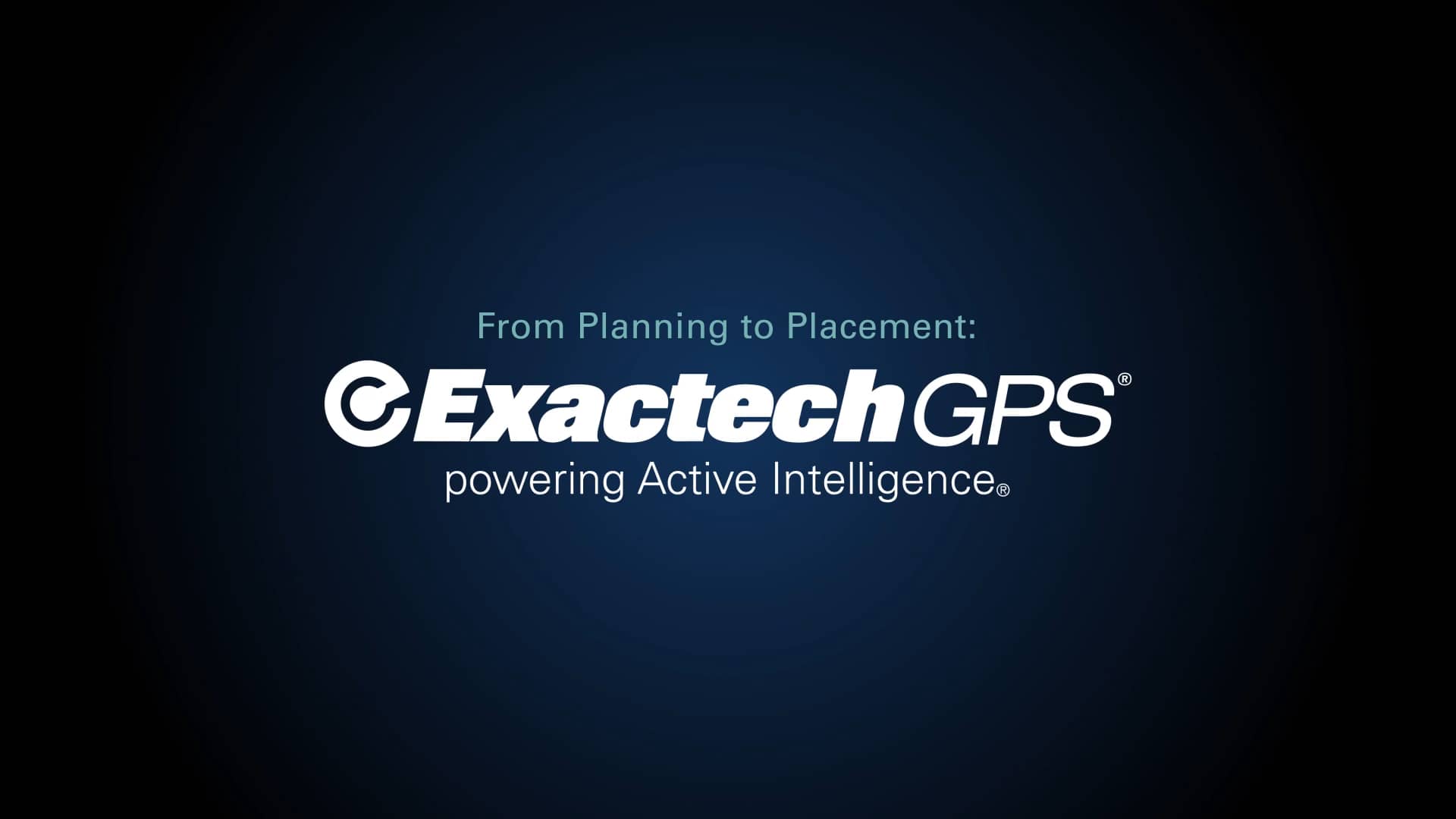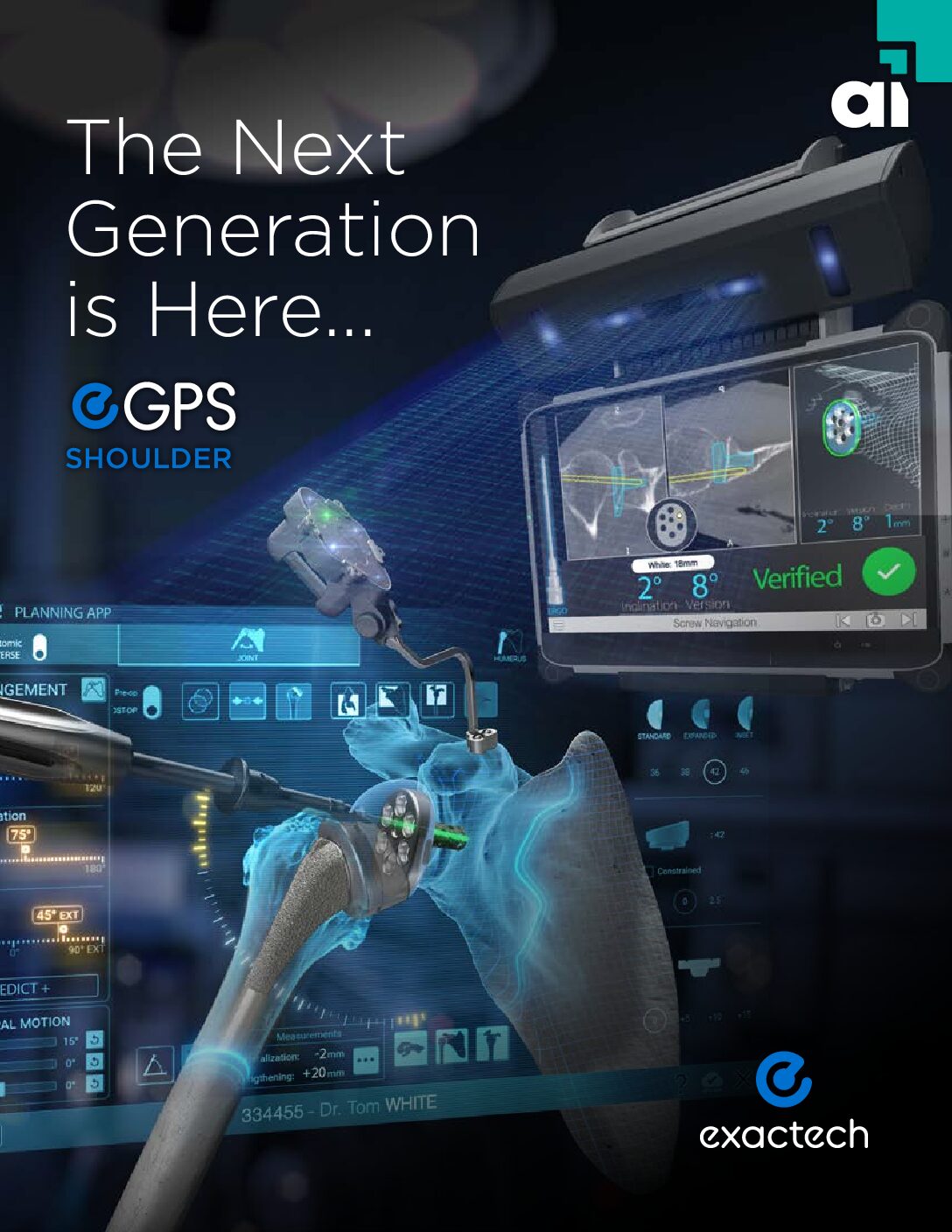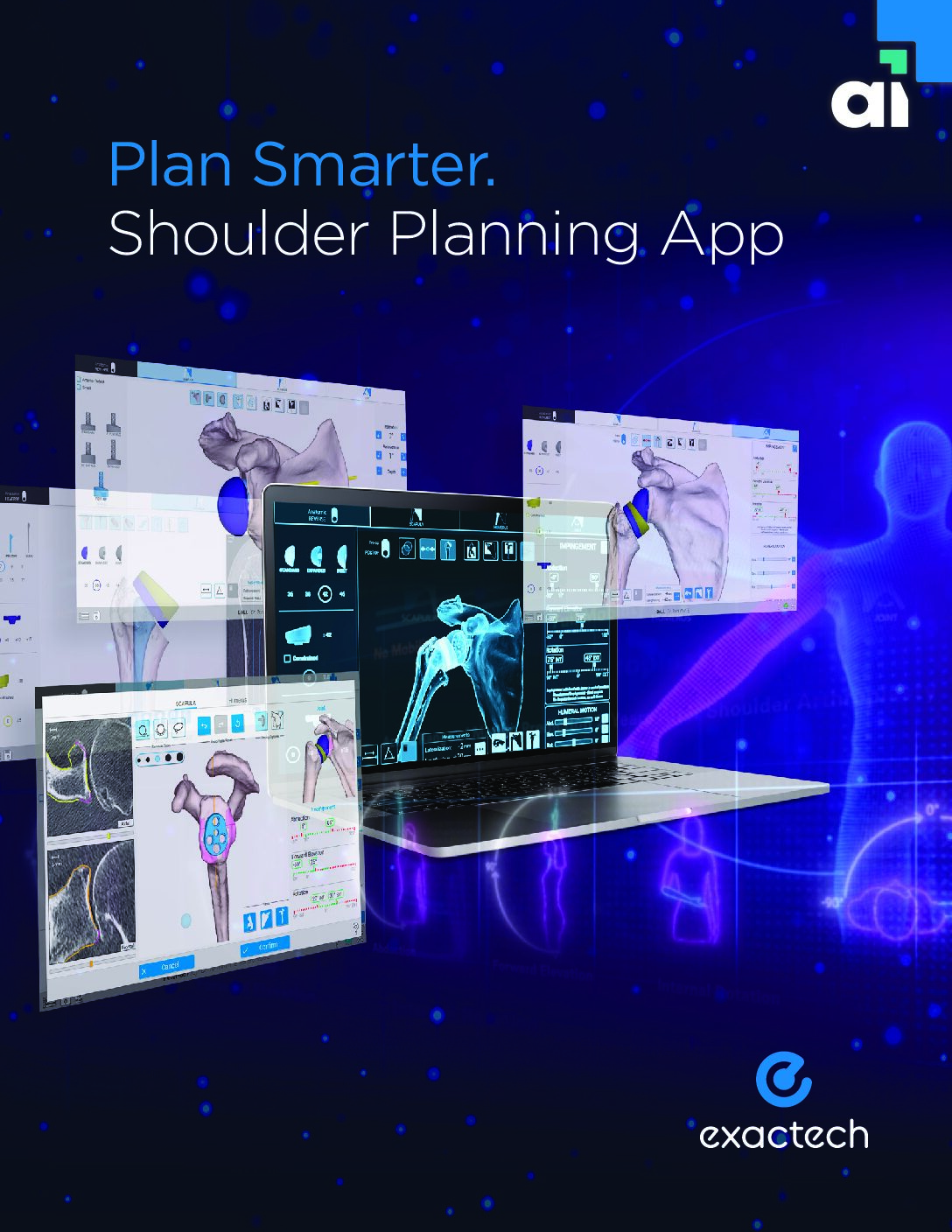The first and only shoulder navigation technology that connects the preoperative plan with real-time intraoperative instrument guidance and verified implant placement.
Active Intelligence® Smart Technology
GPS Shoulder Navigation
Powered by Active Intelligence®, GPS offers orthopedic surgeons real-time intraoperative instrument guidance and verified implant placement in a compact and mobile system within the sterile field — all with no capital cost. This advanced technology ensures implant placement accuracy1-2, potentially reduces complications3 and has been shown to improve patient outcomes4.
If you’re already using Active Intelligence and have an Exactech account, you can login here.
New users take the first step – get started now by creating your account.
- Greene A. et al. Navigated vs. non-navigated results of a CT based computer assisted shoulder arthroplasty system in 30 cadavers. ISTA 2018.
- Nashikkar P. et al. Role of intraoperative navigation in the fixation of the glenoid component in reverse total shoulder arthroplasty: a clinical case-control study. JSES.
- Youderian A et al. Two-year clinical outcomes and complication rates in anatomic and reverse shoulder arthroplasty implanted with GPS intraoperative navigation. JSES.
- Holzgrefe R et al. Early clinical outcomes following navigation-assisted baseplate fixation in reverse total shoulder arthroplasty: a matched cohort study. JSES.
- Data on file.
*References 6-11 available at exac.com/tech-gpsdata/.

